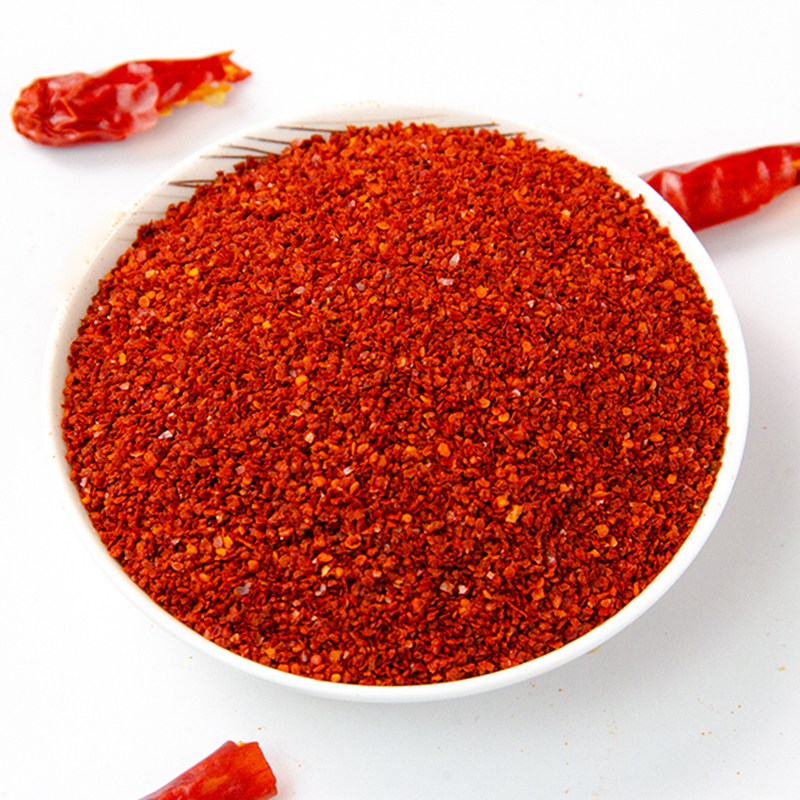Nov . 06, 2024 09:05 Back to list
Exporters of Chili Peppers and Paprika Around the World
Chili and Paprika Exporters A Global Influence on Spice Trade
The vibrant world of spices owes much of its allure to chili and paprika, both of which have secured their places as integral components in culinary traditions around the globe. As exporters of these essential spices, several countries play a pivotal role in satisfying the ever-increasing global demand, which has soared in recent years due to the culinary diversity and health benefits associated with their consumption.
Chili peppers, ranging from mild to extremely hot varieties, are primarily cultivated in regions such as India, Mexico, and China. India, often dubbed the Land of Spices, holds a commanding position in the global chili market, exporting millions of tons each year. Indian chili exporters are renowned for their diverse offerings, which include varieties like Kashmiri, Bhut Jolokia, and Byadgi. Each of these types has unique flavors and heat levels, catering to different culinary preferences and requirements.
Chili and Paprika Exporters A Global Influence on Spice Trade
China, while traditionally not known as a spice powerhouse, has emerged as a significant player in the chili export arena. The country produces a massive quantity of dried and crushed chili peppers, which are increasingly sought after in international markets. Chinese chili exporters are focusing on quality control and processing techniques to enhance the flavor and shelf life of their products, helping them gain a competitive edge in the global spice trade.
chili and paprika exporters

Paprika, a spice derived from dried and ground red peppers, is another staple in many kitchens. Hungary and Spain are the two major exporters of paprika, each offering distinct flavor profiles. Hungarian paprika is celebrated for its rich, sweet flavor and vibrant red color, making it a favorite in Eastern European cuisine. On the other hand, Spanish paprika, or pimentón, comes in several varieties, including sweet, bittersweet, and smoked, each lending a unique taste to dishes.
Hungarian exporters emphasize traditional production methods, which include hand-harvesting and careful drying techniques to preserve flavor and color. The Paprika of Szeged and the Paprika of Kalocsa are two well-known varieties that reflect the region's commitment to quality. Meanwhile, Spanish exporters have capitalized on the growing interest in smoked paprika, using traditional oak wood smoking methods to create a flavorful spice that has gained popularity in various international cuisines.
The dynamics of chili and paprika exports are influenced by several factors, including climate, trade policies, and consumer preferences. With climate change posing a significant challenge to agricultural production, exporters are continually adapting their farming practices to sustain yields and quality. Additionally, trade agreements and tariffs impact the flow of spices across borders, requiring exporters to navigate complex regulations to maintain their market share.
Consumer trends also play a crucial role in shaping the spice export market. As health-conscious eating habits continue to rise, the demand for natural and organic spices is increasing. Exporters are now prioritizing sustainable farming methods, ensuring that their production practices align with the growing preference for ethically sourced ingredients. Furthermore, the rise in global travel and the influence of social media have contributed to the popularity of exotic flavors, driving up the demand for diverse chili and paprika varieties.
In conclusion, chili and paprika exporters are vital players in the spice trade, contributing not only to the economy of their respective countries but also enriching global culinary experiences. From the fiery heat of Indian chilies to the sweet nuances of Hungarian paprika, these spices have become symbols of cultural heritage, innovation, and culinary exploration. As the world continues to embrace the allure of spices, the role of exporters will remain pivotal in connecting producers with consumers, ensuring that flavors from distant lands enhance meals enjoyed by people around the globe.

